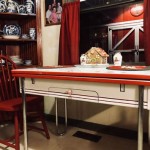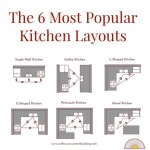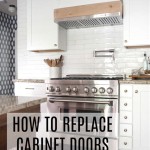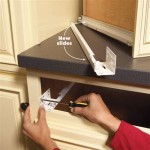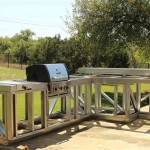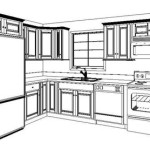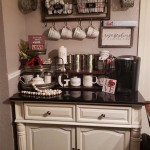The kitchen pantry is an essential part of any home, providing a place to store food, dishes, and other items. With the right kitchen pantry ideas, you can make the most of the space you have and create a functional and organized storage area. Here are some tips and ideas to help you get started.
Organizing Your Kitchen Pantry
Organizing your kitchen pantry can help you make the most of the space you have. Start by taking inventory of what you have and categorizing the items. Separate food items, like canned goods, grains, and baking supplies, from dishes, cleaning supplies, and other kitchen items. You can then create a system to keep everything in its place. Shelves and drawers can be used to store items and make them easy to find. If you have limited space, consider using bins, baskets, and containers to store items and keep them organized.
Maximizing Your Space
Maximizing your storage space is the key to a successful kitchen pantry. There are a few ways to do this. First, consider using stackable shelves and containers to make the most of the vertical space. This will help you store more items without taking up too much floor space. You can also use wall-mounted shelves and racks to store items like pots and pans. Finally, consider using under-shelf baskets and hooks to store items like spices and utensils.
Choosing the Right Storage Containers
Choosing the right storage containers is an important part of creating an organized kitchen pantry. Clear containers are a great way to keep items visible and easy to find. Bins and baskets can also be used to store items and make them easier to access. Consider labeling containers so you can quickly identify what’s inside. Lastly, consider using airtight containers to keep food fresh for longer.
Creating a Kitchen Pantry Checklist
Creating a kitchen pantry checklist can help you stay organized and make sure you have all the items you need. Start by listing all the items you use on a regular basis, such as spices, oils, sauces, and canned goods. You can then add items that you need to purchase, such as fresh produce and dairy items. Finally, consider adding a section for items that need to be replaced, such as lightbulbs and cleaning supplies. Having a checklist will help you keep track of what you need and when you need to restock.















Related Posts

